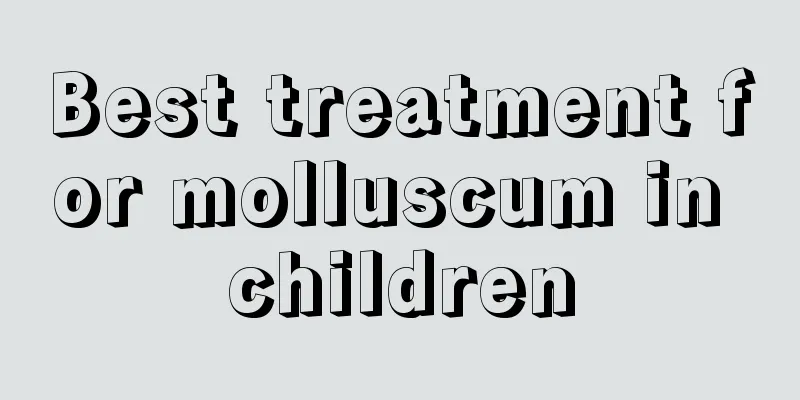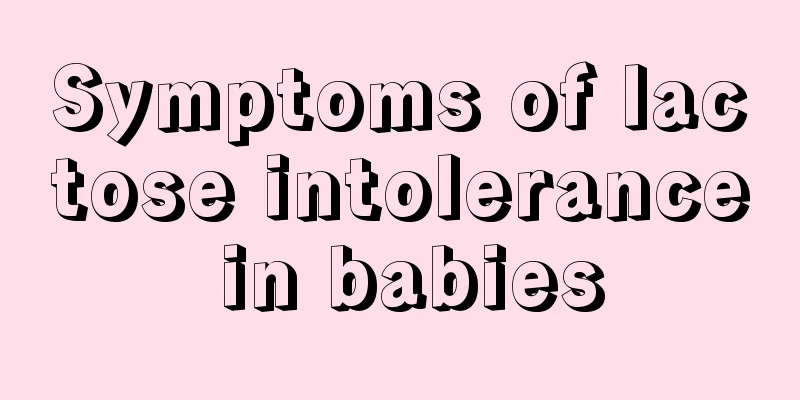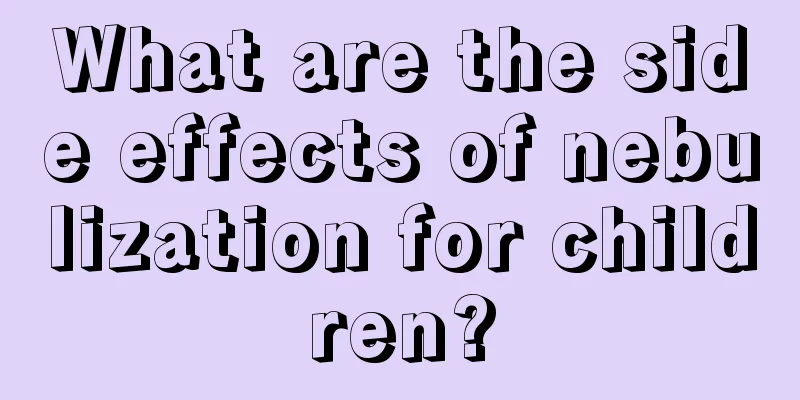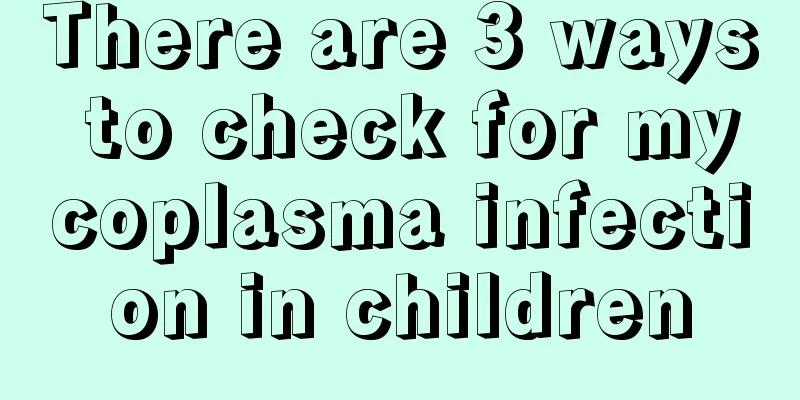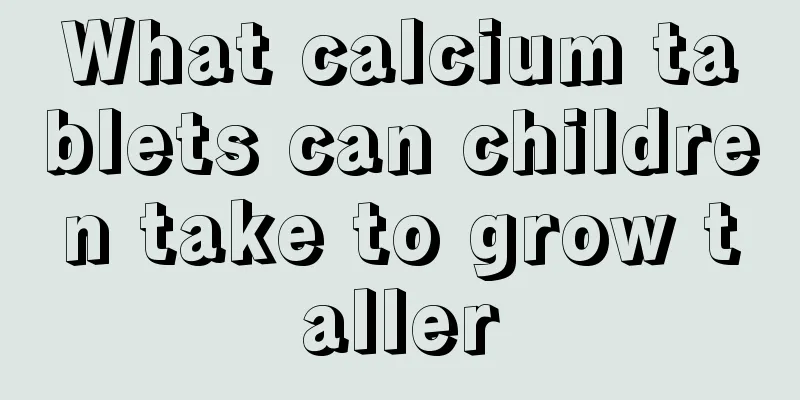What is myocarditis in children?
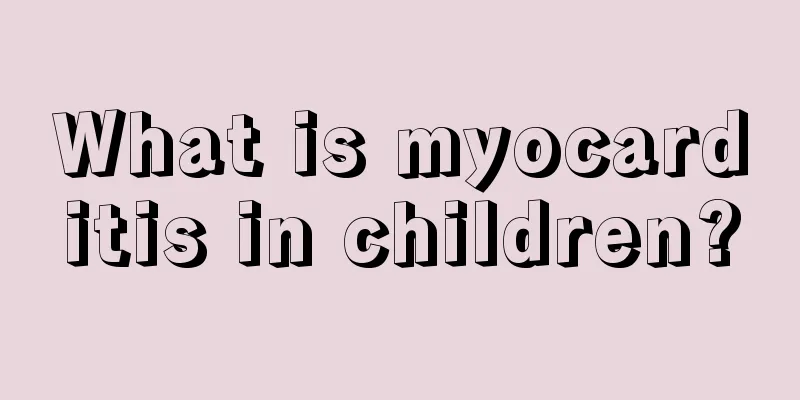
|
Myocarditis is a common heart disease that is not only prone to occur in adults, but also in young children if not paid attention to. Generally speaking, children suffering from myocarditis will experience symptoms such as headache, heartache, nausea, and vomiting. So, what factors are the culprits for myocarditis in young children? If myocarditis occurs in young children, what should parents do? Parents with children at home may wish to find out. 1. What is myocarditis in children? Myocarditis in children refers to localized and chronic inflammation of the myocardium caused by various reasons, although some myocarditis may develop into congestive myocarditis or restrictive myocarditis in the end stage. Medical research has found that the causes of myocarditis can be divided into: viruses, bacteria, fungi or parasites. In addition, external conditions such as physical and chemical factors can also cause myocarditis. 2. Symptoms: 1. The human body is not supplied with enough oxygen, the face appears pale or bluish purple, the skin is cold, the chest is tight, and breathing is difficult. 2. Blood circulation is blocked, the heart and liver are enlarged. 3. Myocardial insufficiency, which is manifested by accelerated heartbeat and weakened pulse, as well as arrhythmia and low blood pressure. 3. Treatment methods: 1. Bed rest Bed rest can prevent increased viral replication in the myocardium during the acute phase. Therefore, during the acute phase, patients should stay in bed for at least 8 weeks, and then start light activities after the heart shadow returns to normal and the electrocardiogram changes have improved significantly. During the recovery phase, patients should stay in bed for at least half a day for 6 months. Those with an enlarged heart should stay in bed for more than 6 months until the heart is significantly smaller. Those with heart failure should strictly stay in bed until the heart failure is under stable control and heart examinations have improved significantly, and then start light activities. 2. Treatment for myocardium High-concentration and large-dose vitamin C is one of the commonly used therapeutic drugs in clinical practice to correct shock and promote recovery of myocardial diseases. Inosine is also one of the commonly used auxiliary drugs in clinical practice. When rescuing critically ill children. Energy mixture or polarization fluid can also be added and injected intravenously. 3. Adrenal cortex hormones and immunosuppressive drugs Adrenal cortical hormone is mainly used to rescue cardiogenic shock and third-degree atrioventricular block, and can also be tried for those who do not respond to other treatments. 4. Treatment of combined heart failure and cardiogenic shock Patients with concurrent heart failure and cardiogenic shock must be treated promptly and actively. The treatment principles are similar to those for general heart failure and cardiogenic shock, including the use of digitalis, vasodilators, phosphodiesterase inhibitors, diuretics, and volume expansion to correct acidosis. However, when using digitalis, it should be noted that in the acute phase of myocarditis, the myocardium is sensitive to digitalis and is prone to toxic reactions. Rapid saturation should be avoided and the dosage should be appropriately reduced. 5. Treatment of arrhythmias Arrhythmias must be treated aggressively. Supraventricular tachycardia is effectively treated with digitalis, while ventricular tachycardia can be treated with intravenous drip of lidocaine or amiodarone. If ventricular arrhythmia progresses rapidly to ventricular fibrillation despite active treatment (this situation is more likely to occur in young infants), direct current cardioversion should be given immediately. If complete atrioventricular block occurs, an endocardial pacemaker should be implanted. Because arrhythmias can occur a long time after recovery from myocarditis, children with myocarditis require long-term follow-up after recovery. It can be said that children's colds are a major cause of early childhood myocarditis. Therefore, if a child at home suffers from a long-term cold, parents should not take it lightly and give the child cold medicine casually. Instead, you should take your child to the hospital for examination as soon as possible and treat the cold in time to prevent the child's cold from eventually worsening into myocarditis. |
<<: What is the cause of low body temperature in children?
>>: Causes and treatment of myocarditis in infants
Recommend
Standard height and weight for 10-year-old girls
Every child is different and every child is compl...
Viral rashes in children
It is quite common for children to have viral ras...
What is the average height of a newborn baby?
Nowadays, many parents measure their children'...
How harmful is CT scan for children?
CT is a method used by hospitals to examine the h...
Symptoms of baby's stomach pain, be alert after reading
If a baby who can't speak yet has stomach pai...
What is the cause of the lump on my child's arm after vaccination?
The physical health of children is very important...
What to do if your child has tooth decay in his permanent teeth
Children's teeth are not fully developed at a...
What can children eat to get rid of phlegm in their throats?
I believe that many parents have encountered the ...
What to do if your baby has a runny nose due to a cold
It is normal for parents to have a baby catch a c...
What should I do if my child has a cold and a stuffy nose?
Cold and nasal congestion are very common disease...
What foods are good for children's bowel movements?
Children have many problems in their diet, and be...
Can children have massage?
Many parents think that their babies are not suit...
Top 10 foods for babies in autumn
The weather gradually turns cooler in autumn, whi...
What should I do if my child doesn't grow taller?
As soon as a baby comes out of his mother's b...
Why does a three-year-old child cry in the middle of the night?
We all know that children often cry when they wak...
